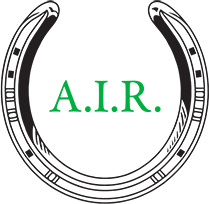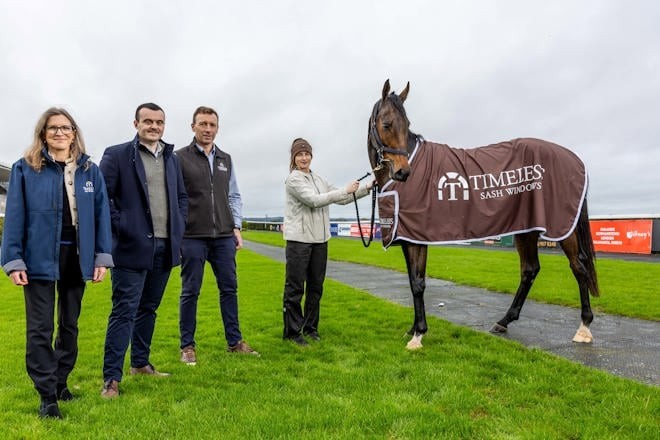There is strength in unity
THE Association of Irish Racecourses (AIR) is a fine example of how a national representative body can work effectively on behalf of its members.
It is imperative to acknowledge that to ensure the collective buying power and negotiating strength of any association, you need a strong executive team, active board members and unity. Last week we took a closer look at those who make up the board of AIR and, in this week’s column, we are looking back on some of the key milestones and triumphs that members of the Association have enjoyed since its establishment in 1964.
It is important to note that although the strength and depth of those at the top of any association is essential, rotation is part of the constitution. The unity of the membership is equally important and unwavering. The strategic plan set out by the Association, and approved by its board and membership at their AGM in late 2020, acknowledged that ‘to ensure the collective buying power and negotiating strength for the benefit of all members, keeping all our member racecourses united under the umbrella of the Association of Irish Racecourses is vital’.
United front
All 26 racecourses on the island of Ireland are represented by AIR, and this powerful united front has served them very well over the past 57 years.
In its role as a representative of its member racecourses, AIR primarily works closely with other key industry stakeholders to ensure that the interests of racecourses are taken into account when important strategic or operational decisions are being made.
Having a collective voice on key decision-making groups such as the fixtures and programmes committees, who decide what race meetings are held and what races are run at those meetings, has been essential in ensuring the development of traditional fixtures at specific racecourses, while still improving the race programme that helps all sectors of the industry.
AIR has successfully made the case to HRI about the need for capital development grants for racecourses to allow them to bring their facilities to the standard expected by the modern-day racegoer. As a result, capital expenditure of approximately €140 million, supported by capital development grants of €34.5 million, have been made over the last 10 years.
Regular negotiations with suppliers of services to racecourses to agree terms and conditions on behalf of all members have also been very productive. From a commercial perspective, the Association’s most prominent achievement has been the negotiation of a number of commercially successful media rights deals on behalf of all members.
The income from these media rights deals now represents over 50% of the income of all our racecourses combined. The ability of the AIR to negotiate on behalf of all Irish racecourses has been a key factor in ensuring that they could maximise the value of media rights in these commercial agreements.
Triumph
When one considers the vast number of associations and representative bodies, as well as suppliers in our industry involved in ensuring that racing has continued behind closed doors so efficiently, it really is a triumph for our sport.
AIR members and their teams have gone above and beyond the call of duty to repurpose their facilities, and in how they deliver operations, to ensure that the show could go on. Now, as we look ahead to brighter times and to welcoming even more patrons back to our tracks again, racecourse managers and their teams are planning for multiple scenarios as they await confirmation of the next phase of public health guidelines at the end of the month.
By Leo Powell



